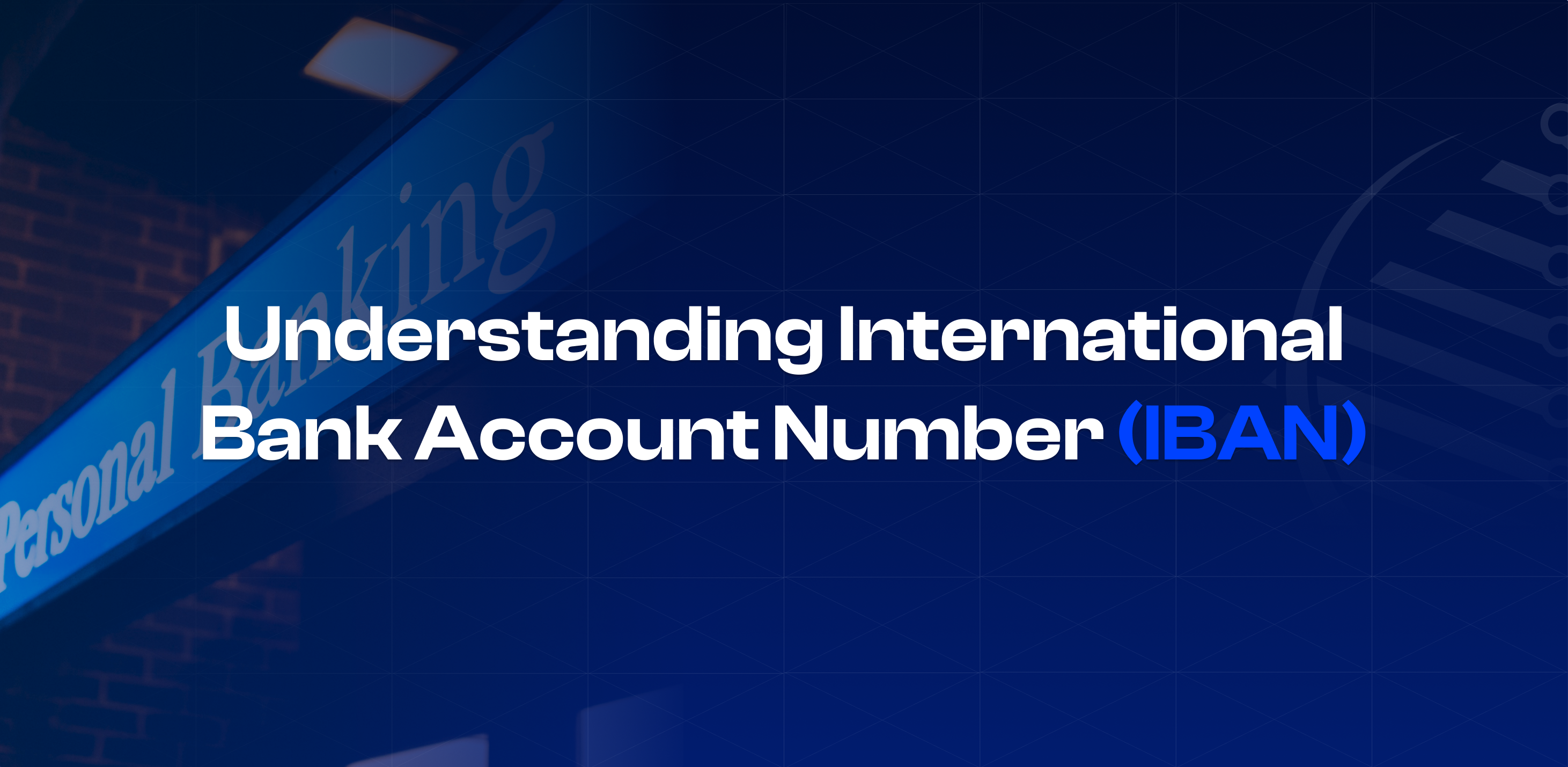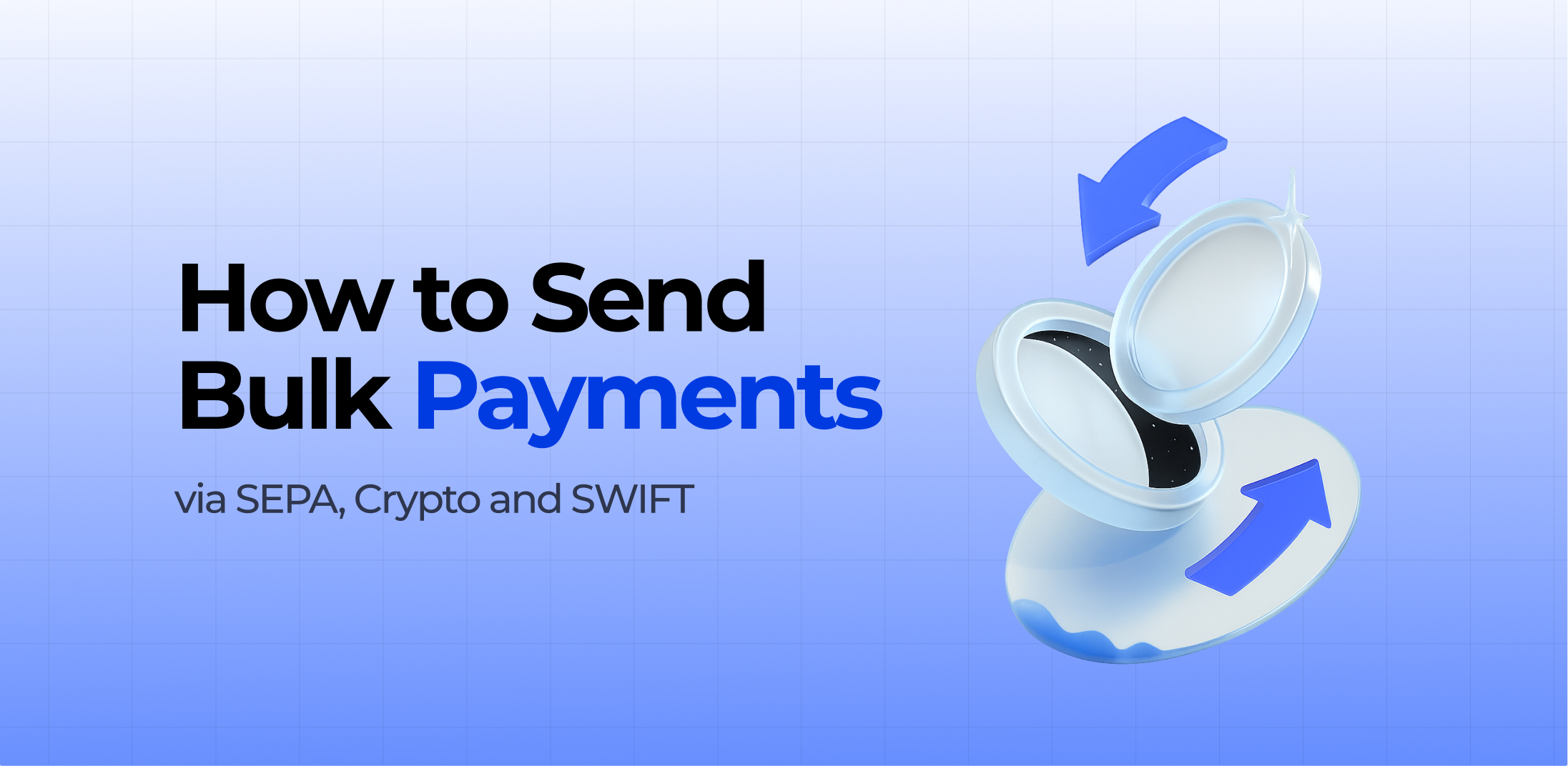The banking world is one of the most complex and interconnected industries in the world. This industry is also full of acronyms and abbreviations. When making payments, you will encounter IBAN, International payments, SEPA, and so on. Today, along with the PaySaxas team, we’re going to focus on one of them. What is IBAN number? What is it for and where to find it? Let’s find out together.
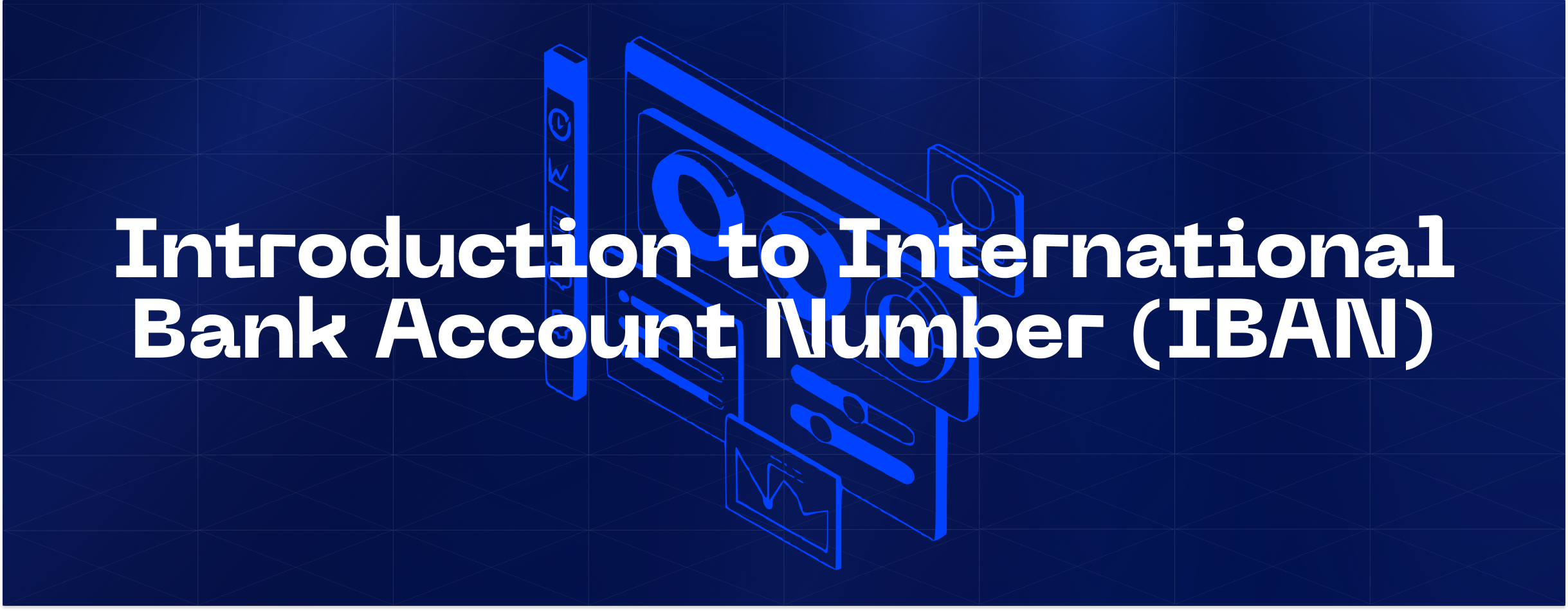
Introduction to International Bank Account Number (IBAN)
The definition of this concept is simple. IBAN is an international bank account number. It makes digital foreign money transfers much cheaper and faster. Also, the process of integration into the settlement system will be performed using the IBAN code of the American system of interbank settlements.
This standard is widely used in international banking and supported by major financial institutions. The meaning of IBAN is straightforward, but let’s explore it from all angles to understand it fully.
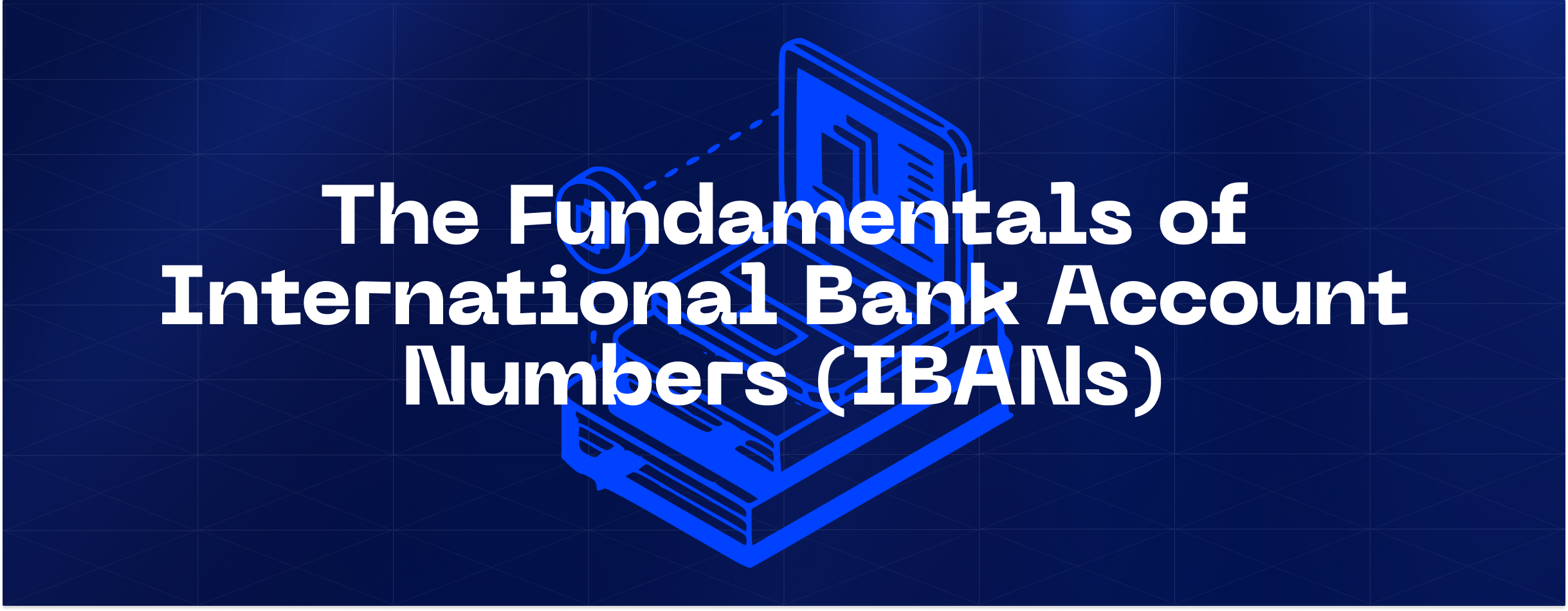
The Fundamentals of International Bank Account Numbers (IBANs)
You are still wondering what’s an IBAN number. In simple words, IBAN is an individual account number formed according to a set scheme. Initially, this unified standard was used only by the European Union countries. However, now the geography of its use has expanded considerably. Today, this code is used in more than sixty countries of the world.
The Purpose of IBAN
The IBAN code is used to identify a specific account number (i.e., the beneficiary’s bank account), including the country of the beneficiary bank and the bank branch. This address is used throughout Europe and beyond. Therefore, a bank IBAN is important for international Euro currency payments.
How Do IBANs Work?
This unique code is used when making a payment. You can have an IBAN number UK or any other address within the system, the main thing is to give the sender those figures.
If the banking institution works with Euro payments and not only, you need to enter these data in the necessary field when creating a payment order, as well as the name of the recipient. That’s it. A bank IBAN will help to find where to deposit your money.
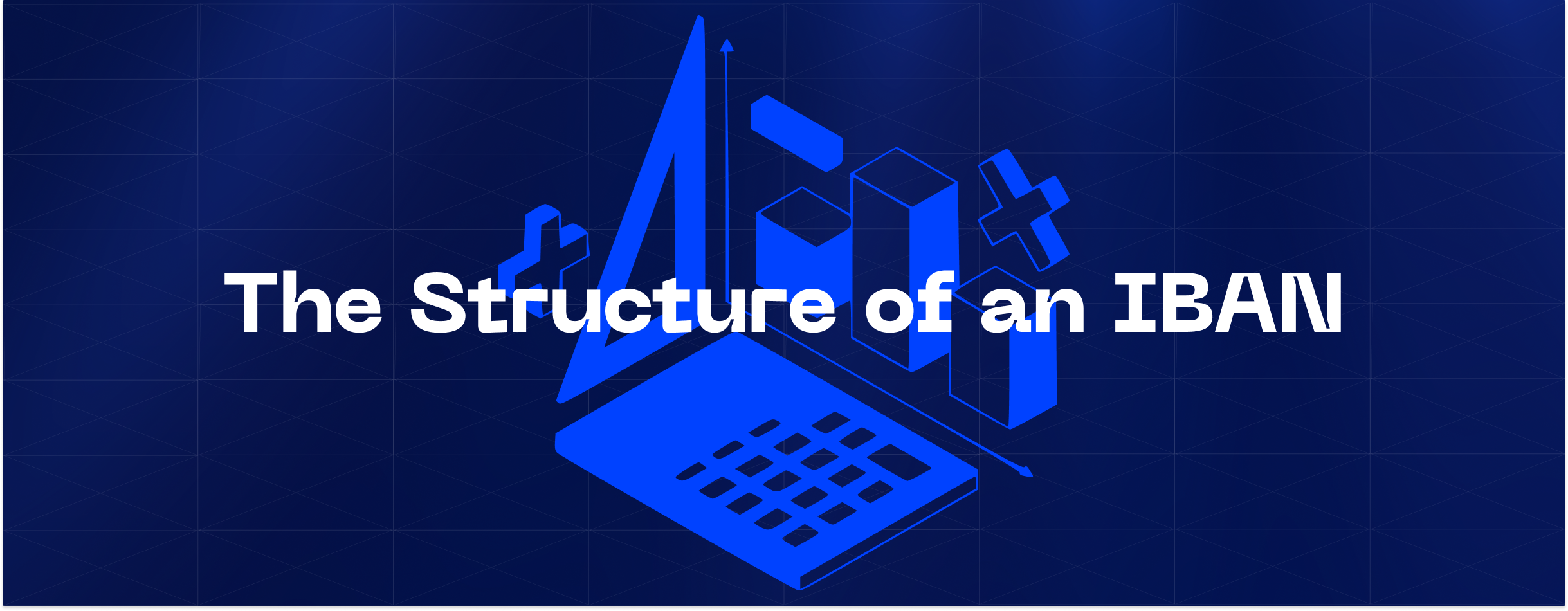
The Structure of an IBAN
How to find IBAN number and distinguish it from other codes? It’s pretty simple. Its structure is unique and designed to minimize transaction errors.
- Country Code: The first two characters of the IBAN represent the alphabetic country code.
- Check Digits: The next two characters are check digits. They are calculated based on the entire IBAN and are used to verify that the number is correct.
- Bank Identifier: This section usually consists of several characters and identifies a specific bank within a country.
- Account Number: The remaining part of the IBAN represents the account number of the bank.
IBAN Example
Further, we would like to point out some examples of IBANs in different countries of the world.
- IBAN number UK: GB98MIDL07009312345678
- IBAN number Spain: ES7921000813610123456789
- IBAN number Emirates: AE460090000000123456789
- IBAN number Ukraine: UA903052992990004149123456789
The list of countries and IBAN code format is specified in the special list of IBAN countries. This list contains comprehensive information about national IBAN formats compliant with ISO 13616 standard.
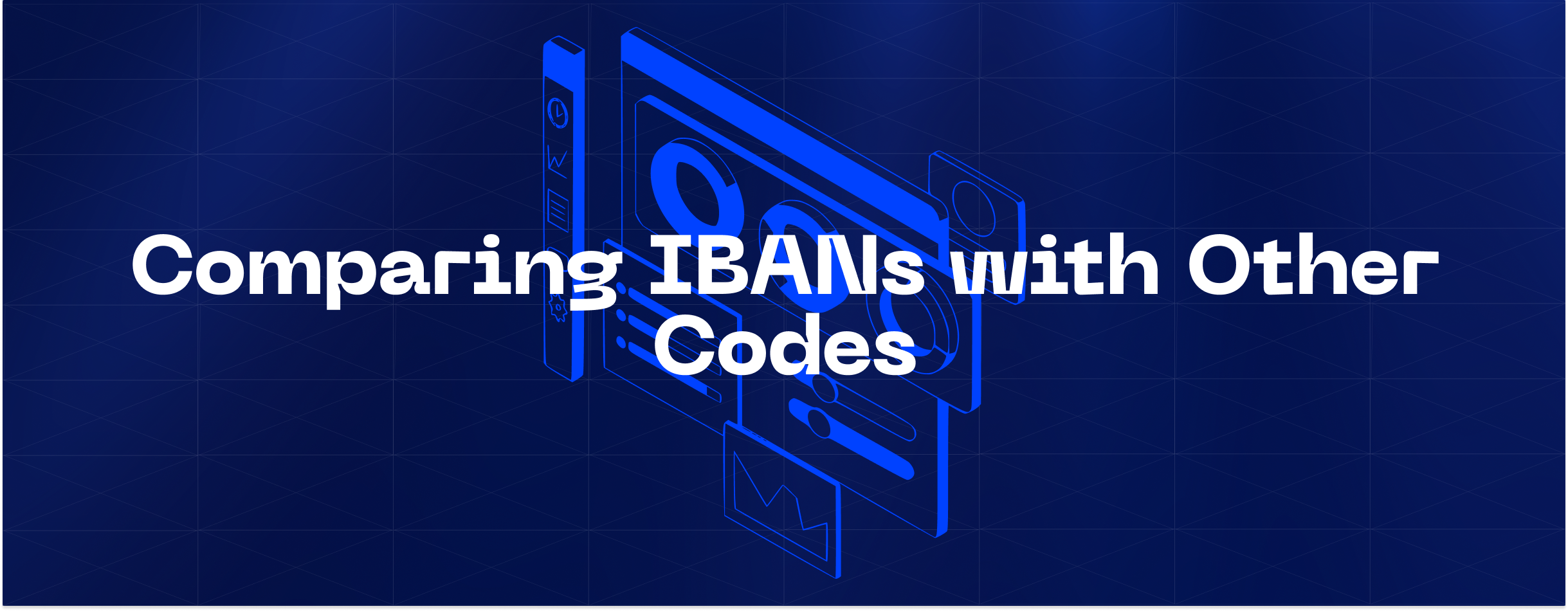
Comparing IBANs with Other Codes
In global finance, several coding systems help standardize international payments. Let’s break down the differences between key identifiers — such as IBAN and BIC (commonly used in international bank transfers).
IBAN vs. BIC
| IBAN | BIC |
| IBAN is an international bank account number. | BIC is a bank identification code. |
| It is a unique identification number, which consists of 34 characters and is used for international payments. | It is a unique bank code, which consists of 8 or 11 symbols and is also used for settlements. |
| Bank IBAN has a standardized structure that includes a country code, check digits, bank code and account number. | Each bank has its own identifier. |

The Requirements for International Bank Account Numbers
In fact, bank IBAN is the address that allows the sender’s bank to accurately determine to whom and where to deliver the money. Such a number must be properly spelled out and comply with all international regulations. Otherwise, the payment will not go through.
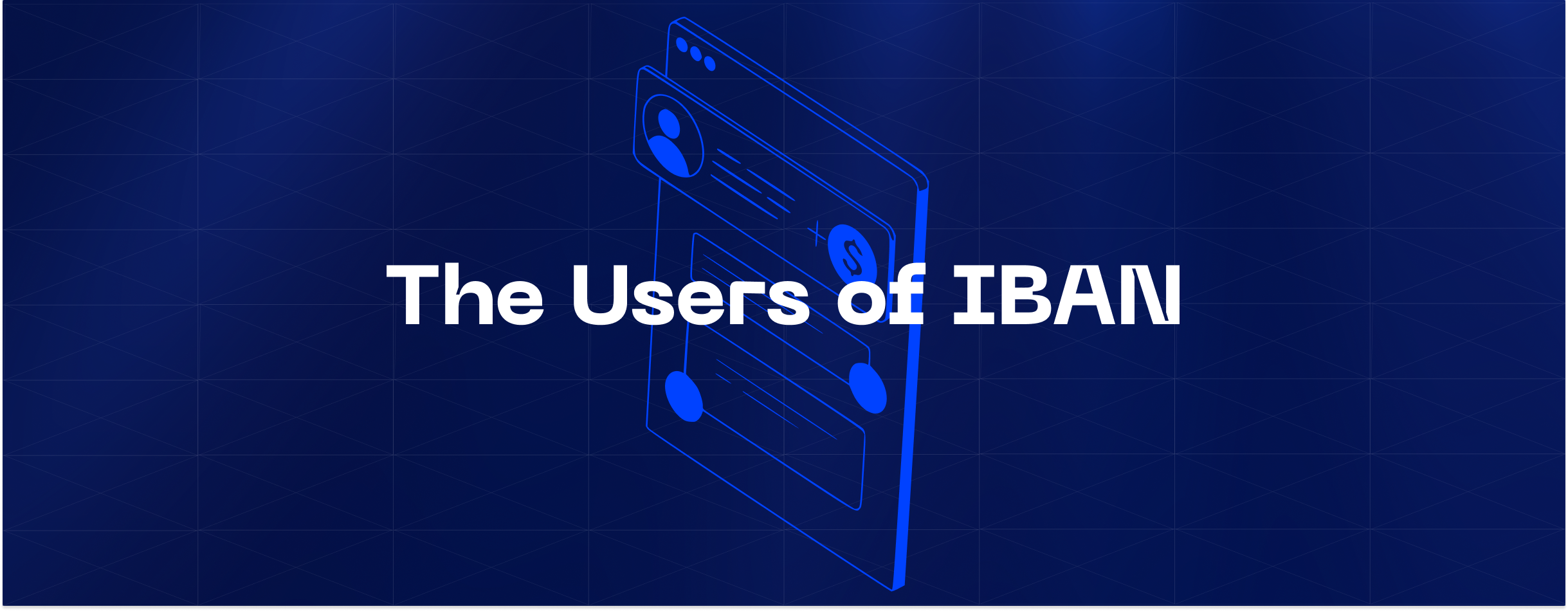
The Users of IBAN
Clients of various European banks and not only are direct users of IBAN. When opening an account, they receive a unique number that refers exclusively to the current account of that customer. Each user receives their respective bank IBAN number.
Who Uses an IBAN?
Many people may be wondering, who needs an IBAN? The answer is obvious enough. Users who need to make regular digital payments in Europe and beyond in Euro currency. If there is a need for such transactions for individuals or corporate clients, then the bank IBAN will perfectly help to cope with the financial operation.
Which Banks Use IBAN Numbers?
As previously stated, today, this code is used in more than 60 countries of the world. Bank IBAN is becoming more popular for financial institutions and customers alike. This address helps the sender and the recipient to carry out mutual transfer of funds and its crediting.
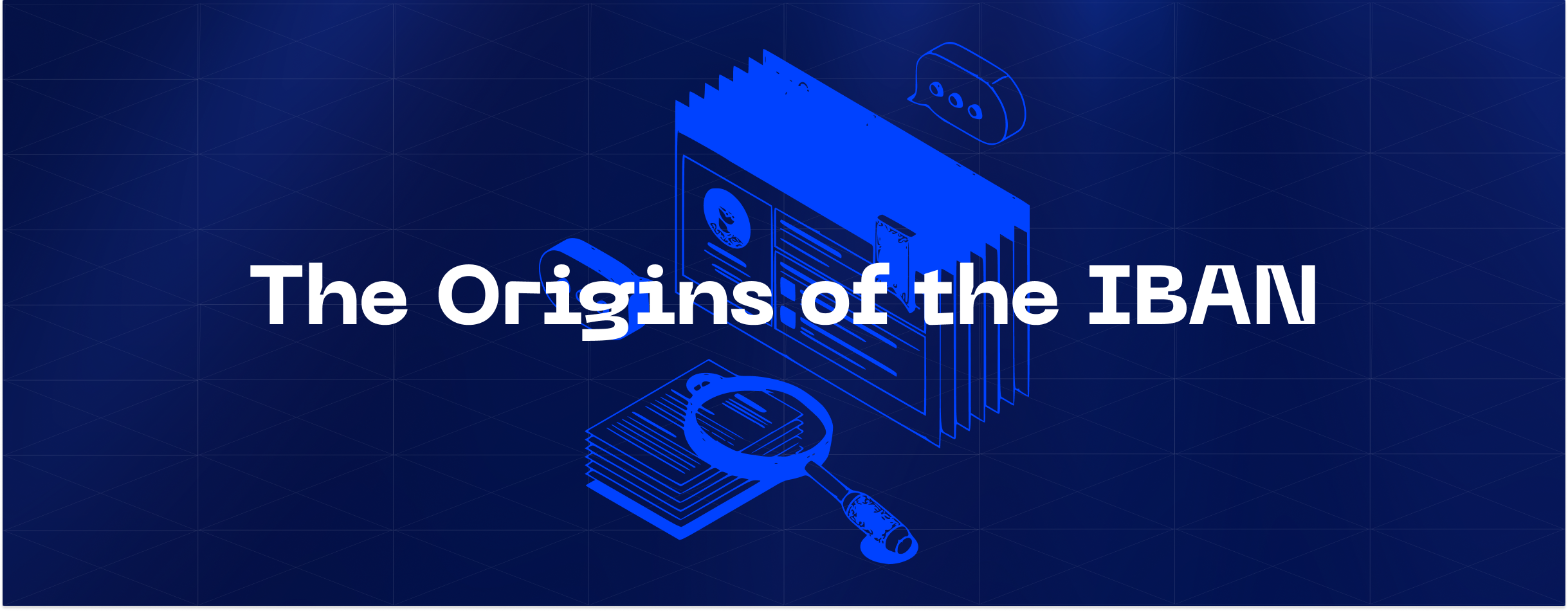
The Origins of the IBAN
The official registrar, that created and implemented the IBAN standard, is Society for Worldwide Interbank Financial Telecommunications. It is considered to be a worldwide network uniting banks all over the world.
The purpose of the company is to simplify the transfer of information that contains financial data. Transfer of funds with the smallest number of details is impossible without the IBAN number, which caused the necessity of such innovation. In virtually every bank IBAN is used today.
Why Was IBAN Created?
Bank IBAN was originally used to simplify and speed up the processing of international payments in the European Union. It is currently used in non-EU countries too. Moreover, this structure allows for quick identification of the payee and payer, as well as the bank that handles them.
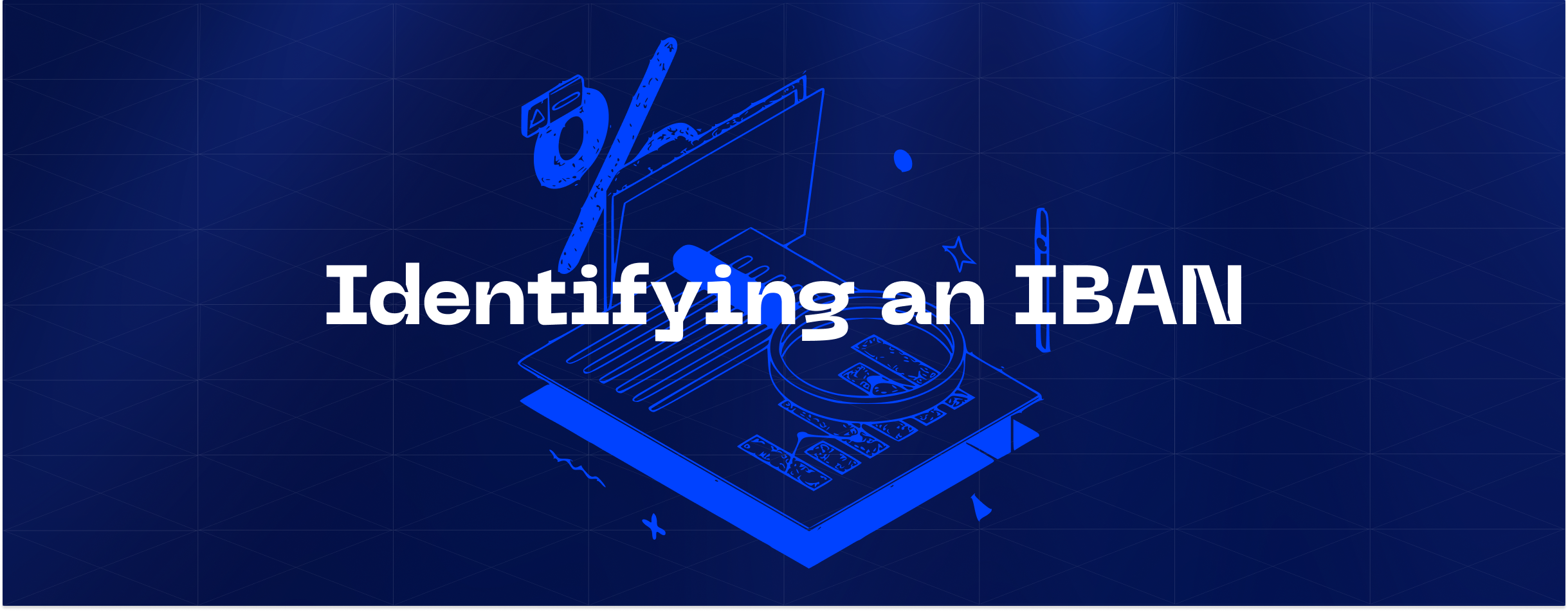
Identifying an IBAN
The peculiarity of the bank IBAN number is its well-defined structure. It’s hard to confuse it with other codes. It has clear features.
What Does an IBAN Number Look Like?
The number of characters of the code may not be more than 34 characters, each of which has a separate meaning. The bank IBAN code consists of such elements:
- the first 2 characters indicate the country of the banking institution’s location;
- 3 and 4 digits are information about the unique IBAN code, which is formed in accordance with ISO 7064 standard;
- the next two digits contain information about the bank’s BIC code;
- the remaining characters are the bank account number of an individual customer.
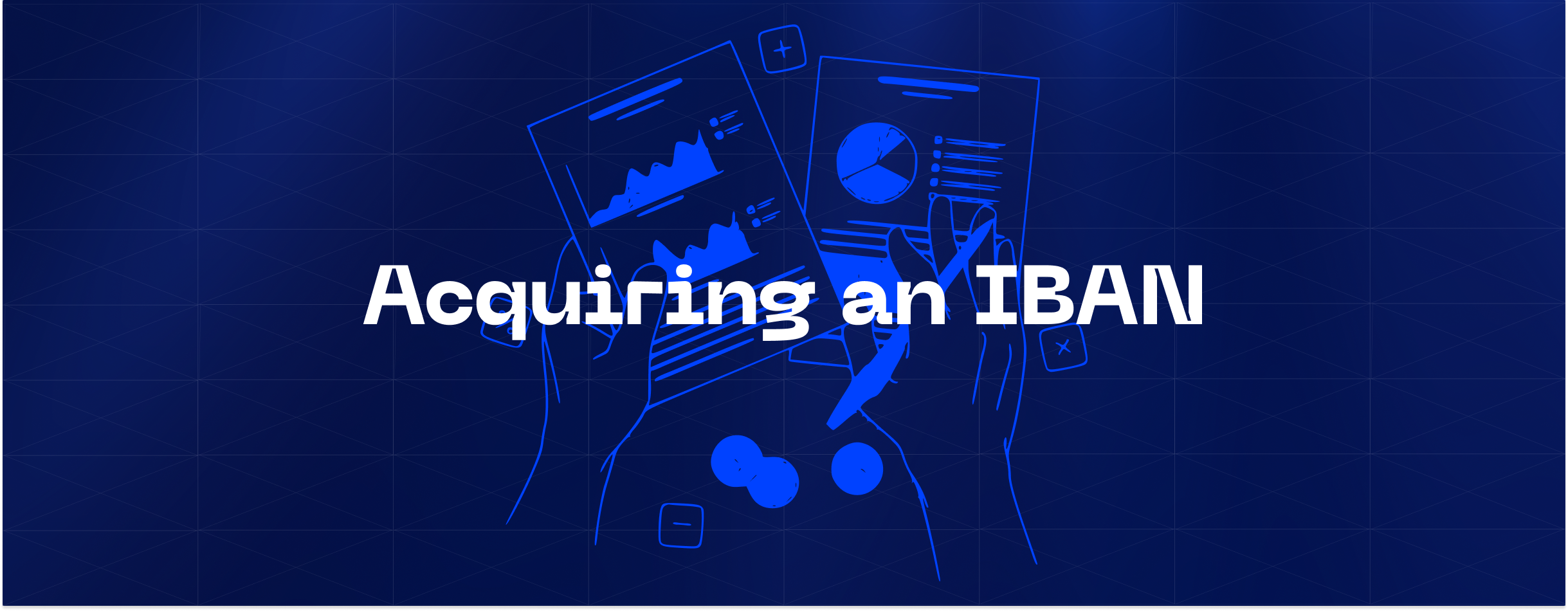
Acquiring an IBAN
How to find IBAN number should not be the initial question. The main thing is to open an account and get that address. In general, banking institutions in the European Union, as well as a huge number of countries around the world, provide customers with the opportunity to obtain a bank IBAN and make/accept payments.
How Can I Get an IBAN?
You need to open an account with a bank/financial institution/payment system that offers this facility. It is not difficult, but it will take time to verify your account and start making payments. Choose a financial structure you trust and get an IBAN bank even today.
How to Find Your IBAN Number
Clients often wonder, what is my IBAN number? How do I find my IBAN number? But these are, on the whole, pretty straightforward questions. One of the easiest ways is to contact the bank that serves you. They will tell you where to see it. Some financial institutions have made IBAN calculators on their websites that convert old payment details into new ones.
If you are not new in the banking sphere, you know that most such institutions, payment systems, e-wallets, and so on are used to add your IBAN immediately on the main page of your account. Once you log into your account, you see your account number, balance, and different options for transactions.
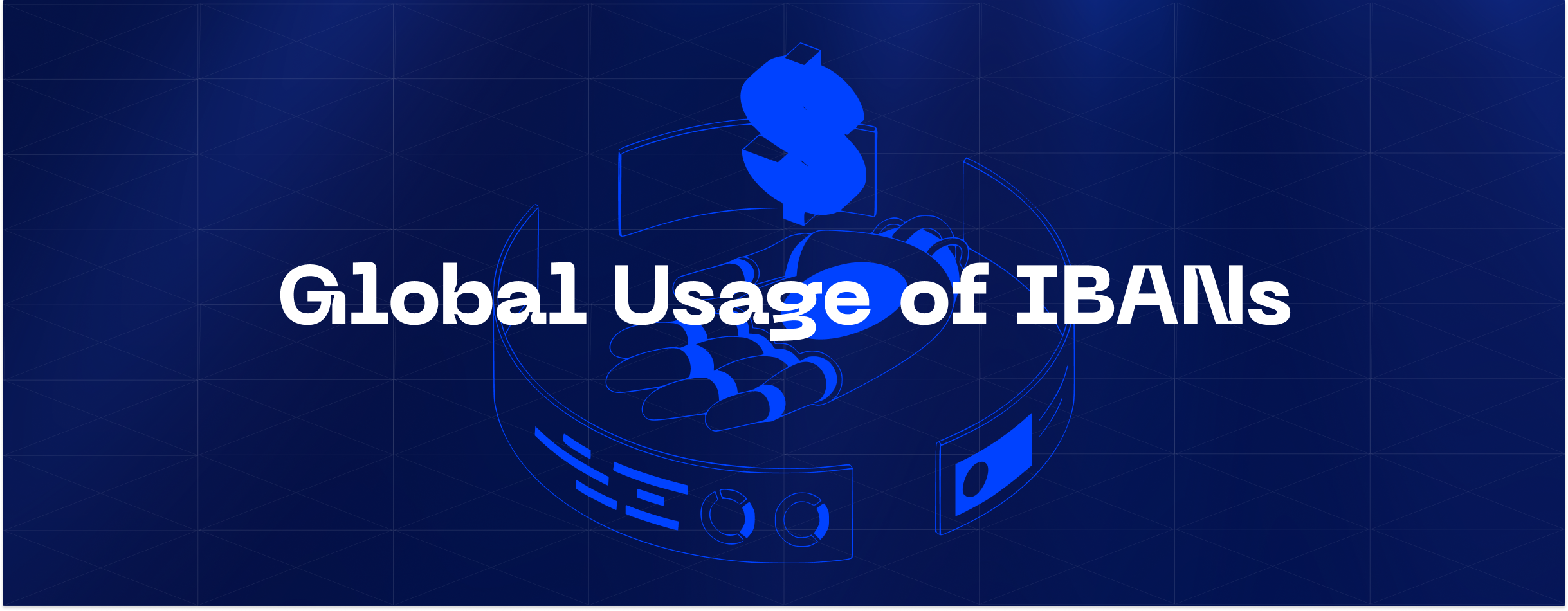
Global Usage of IBANs
IBAN stands for “International Bank Account Number” and is used by banks around the world to process international payments. As can be understood from the word “international”, the use of such an address is not uncommon today in the territory of many states. This is not surprising, as such a bank IBAN system unifies the possibility of making/receiving payments.
Which Countries Use IBANs?
More than 60 countries around the world accept such a system in their payments. From Andorra to the Seychelles can boast similar practices. This allows customers from these countries to send their money quickly and reliably without problems.
Citizens and tourists from more than 60 countries can open e-wallet with IBAN for non EU resident. This process plays into the hands of digital customers and the demand for IBAN. You can also use iban for crypto.
Is IBAN Number Used in the USA?
The US and a number of other nations do not use this code at all. They prefer International payment. It differs dramatically from the bank IBAN.
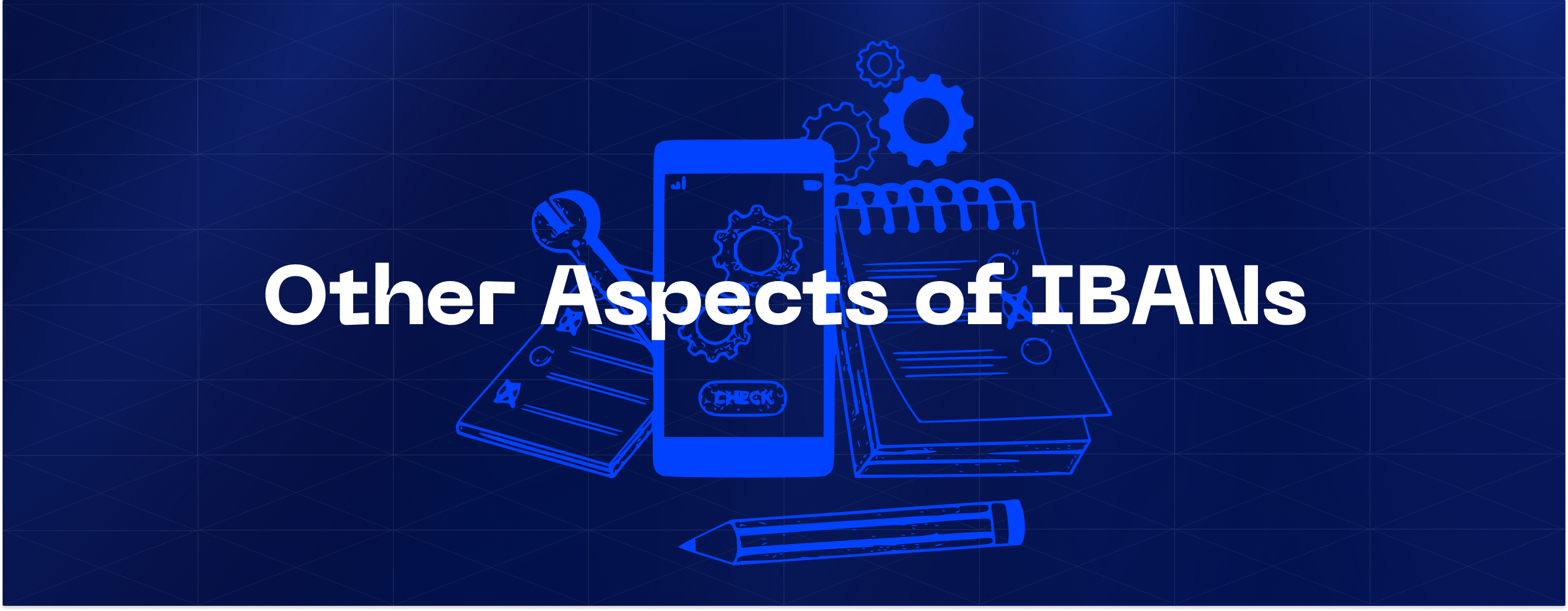
Other Aspects of IBANs
Can we end on that note? Not yet. Some topics have not been covered on bank IBAN.
What is the Difference Between IBAN and SEPA?
SEPA or Single Euro Payment Area provides payments in Euros with no restriction on the amount and within the Eurozone. It is where the recipient’s account number is required to be in the IBAN format. SEPA payments are carried out among the 28 EU countries, plus Norway, Iceland, Switzerland, and Liechtenstein, which are members of the Schengen Area. That is, SEPA is limited to the EURO zone, while IBAN is represented in more than 60 countries.
Does it Cost Money to Use an IBAN?
IBAN and BIC must be indicated for transfers between banks. However, banks have the right to charge a fee for such payment. This does not depend on the type of code, but on the conditions of the banking institution.
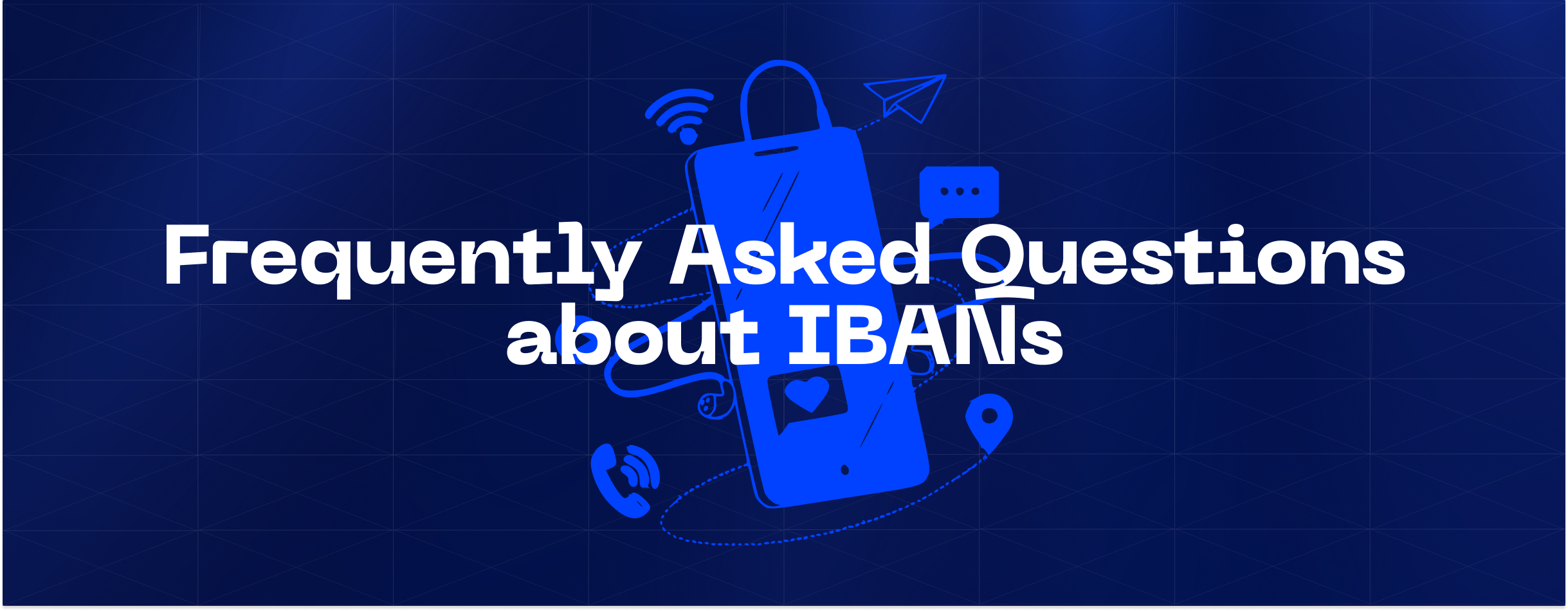
Frequently Asked Questions about IBANs
Please check out the answers from PaySaxas team to some of the most asked questions in this topic. They can improve your understanding.
How do I find my IBAN number?
When opening an account in a financial structure, each client receives his or her bank details. That is, you can get your bank IBAN when you open an account in person at the bank, or you can see this data in your personal online banking cabinet. Also, the IBAN is often indicated in bank statements.
Is it safe to give out an IBAN number?
Providing only your bank IBAN is not very dangerous, as banks need it when they need to set up a transfer or direct debit. It is completely safe for the banking institution to use this code.
Is a International code the same as a routing number?
Absolutely not. International is used for payments all over the world, pretty much like the bank IBAN. While routing number is used as part of the payment details within the US.
Should I use BIC or IBAN?
To be more reliable, a person should use both combinations. Each is responsible for a different direction. Therefore, when you make a payment, please use the bank IBAN along with the BIC.
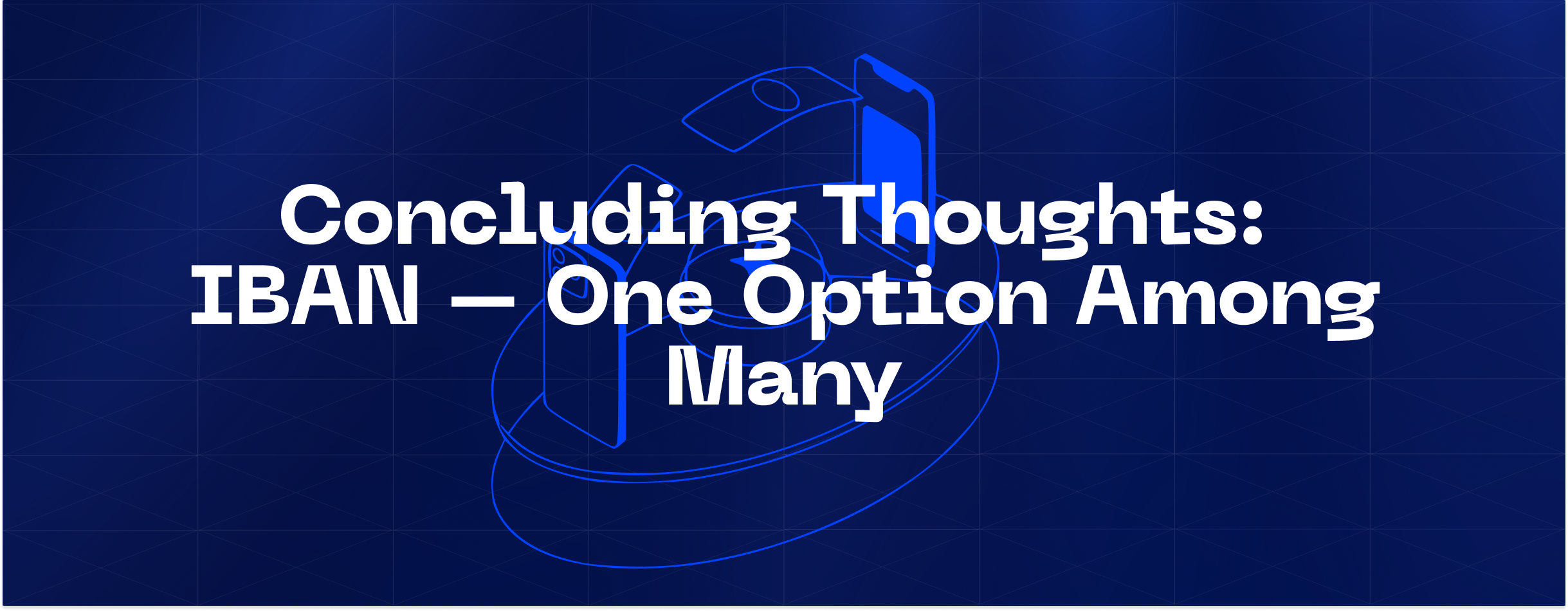
Concluding Thoughts: IBAN – One Option Among Many
To summarize, you can already answer the question: what does IBAN mean? It is an international bank account number. The IBAN code has a standardized format and can contain up to 34 characters that identify the country, bank, and specific account of the customer.
Together with BIC according to PaySaxas, the IBAN is the central piece of information that ensures the correct direction of your transfer. Another question that may concern the client: what’s my IBAN number? It’s different for everyone. Open an account with a financial institution and see for yourself.


